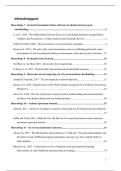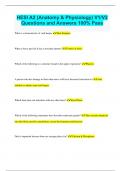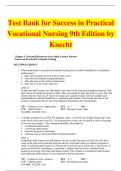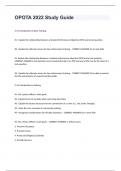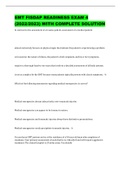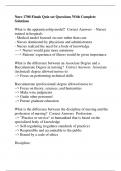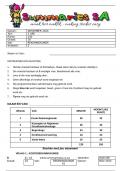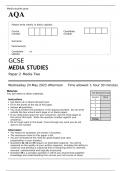Samenvatting
Brein en Omgeving uitgebreide samenvatting artikelen deel B
- Instelling
- Universiteit Utrecht (UU)
Zeer uitgebreide samenvatting van alle artikelen behorend bij deel B van het vak Brein en Omgeving () van de Universiteit Utrecht geschreven in 2023. Artikelen zijn samengevat in de taal waarin ze geschreven zijn; de meeste zijn dus Engelstalig.
[Meer zien]
